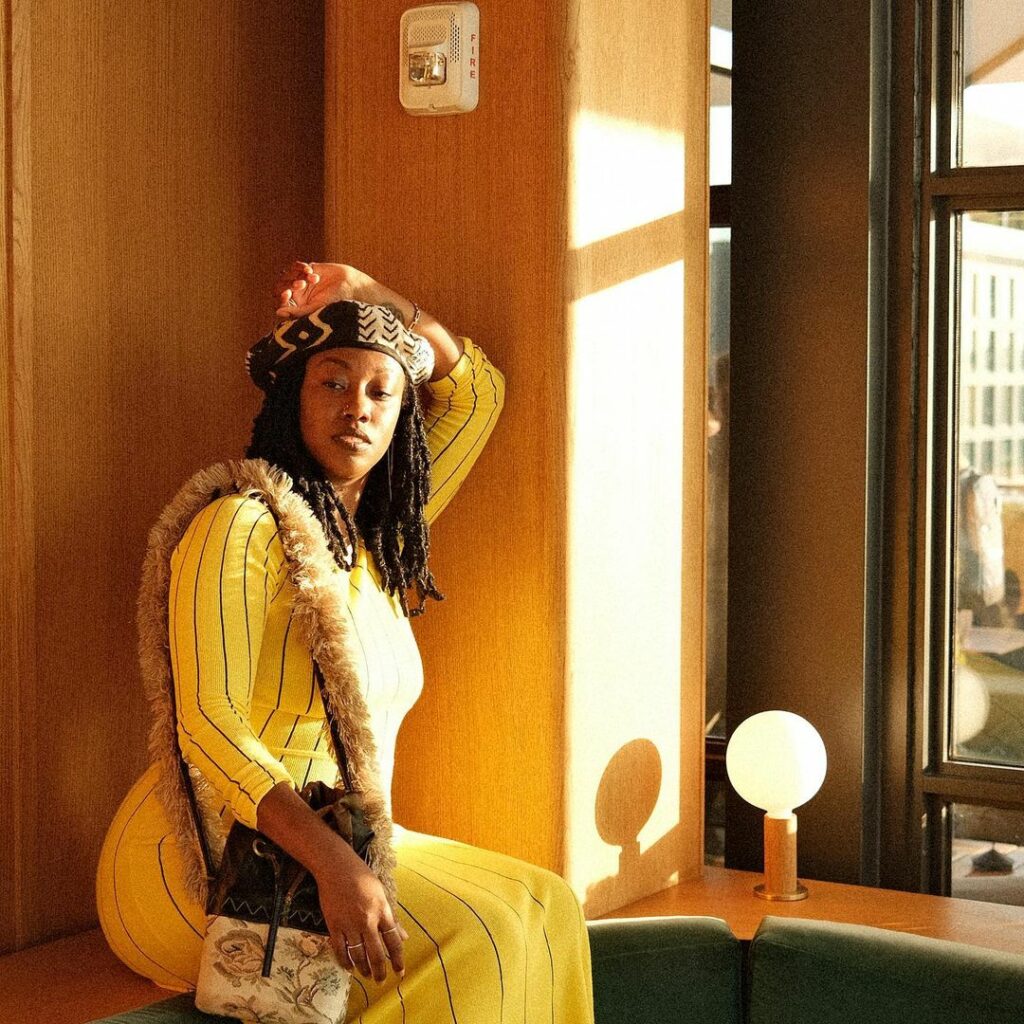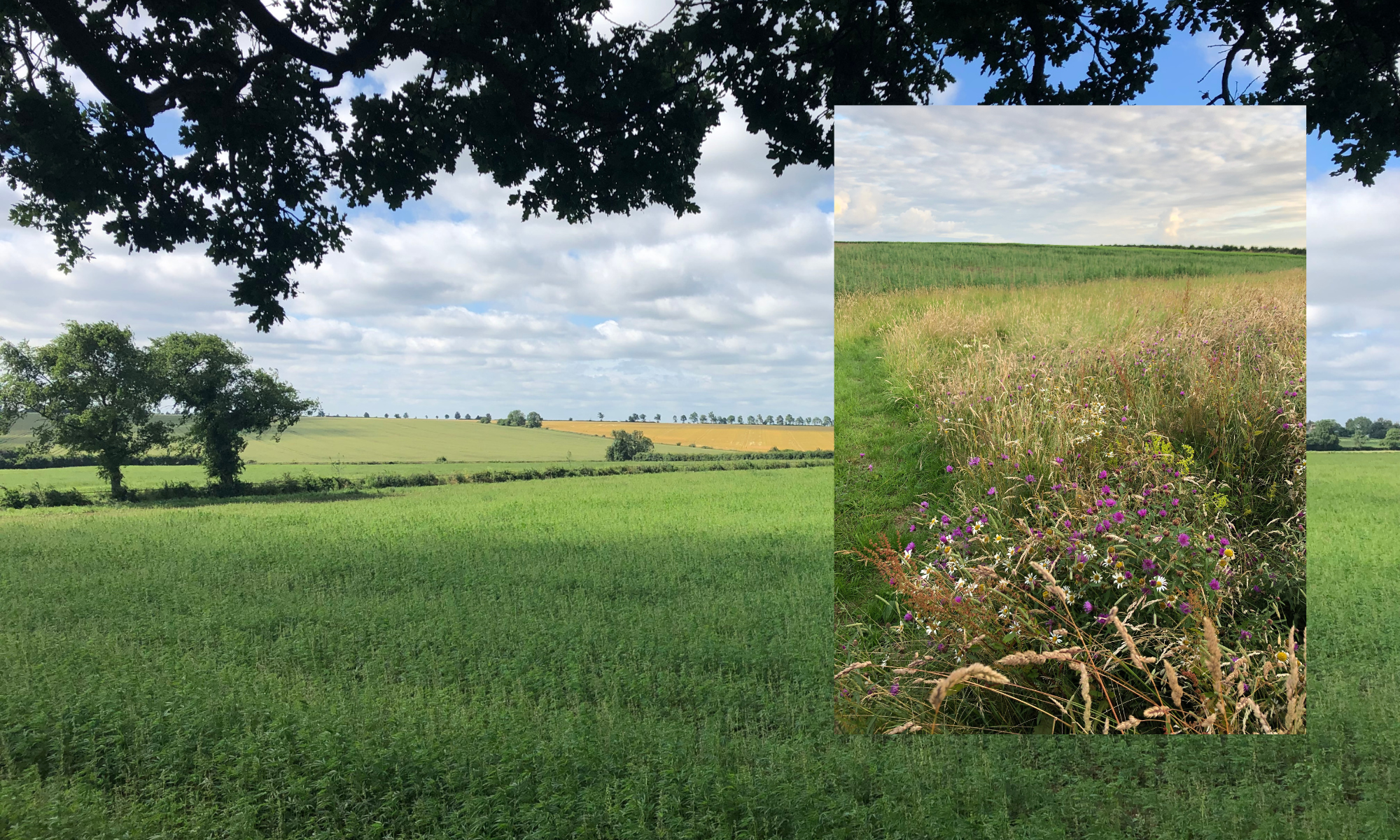There is a new concept a-buzz in sustainable fashion circles. A whisper that transcends even the word sustainability itself. Regenerative agriculture is natural wizardry that could transform the way that cotton, hemp, linen, wool and leather are farmed globally. It could restore biodiversity, it could clean waterways, improve resistance to flooding and drought, and potentially draw down huge amounts of carbon into the soil. By one estimate, increasing organic matter by 0.4% (an expected amount with regenerative techniques) would reduce global anthropogenic emissions by 20-35%.
It is loosely defined as techniques that put soil health at the centre of farming practice. This means no chemical intervention, little to no-tilling, cover crops, crop rotation, agro-forestry, the introduction of livestock into the food system, biomimicry of large herd animal movements, and installation of shrubs and bushes for wildlife. Think, organic farming 2.0.
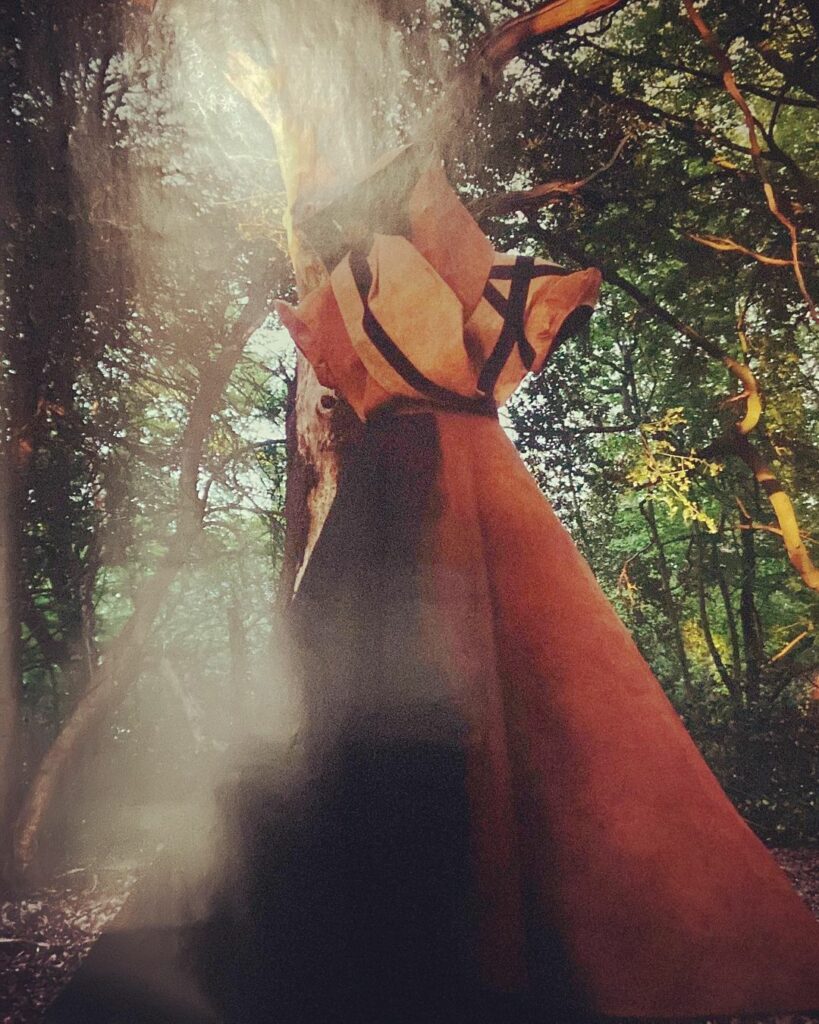
Around 40% of clothing material worldwide is agriculturally farmed, using large amounts of chemical fertilisers, pesticides and herbicides. This destroys biodiversity, pollutes waterways, and harms farmers in subsistence-living countries. Rebecca Burgess of regenerative fashion initiative, Fibreshed, says “[the] soil has lost 139 billion tons of CO2e through tillage, overgrazing, and churning it up to develop urban and suburban sprawl.” Plus, a senior UN official reported that if current agricultural degradation continues, “all of the world’s topsoil could be gone within 60 years.” By slowly switching to regenerative techniques, fashion’s impact could be hugely reduced, if not start to turn the creaking ship towards being actually ecologically positive.

Patagonia has been a part of the Regenerative Organic Alliance pilot since 2018 and has recently started selling regeneratively farmed t-shirts from that project only this year. Kering launched a €5m Regenerative Fund for Nature. A powerhouse of the modern regenerative movement, The Savory Institute currently connects farms to brands such as Timberland, UGG, Kering, Eileen Fisher, Burberry, HD Wool (supplying The North Face and Finisterre), Madewell, and Reformation. Fashion is getting serious about the merits of regenerative agriculture.

While modern regenerative agriculture begins with J.J. Rodale in the 40s and Allan Savory in the 60s, the roots of the techniques can be traced directly to Indigenous farming philosophies—where intuitive respect for Nature reigned supreme for millennia. As Clayton Harvey, White Mountain Apache Nation says in the documentary Gather, “we didn’t call it organic, it was just food.”
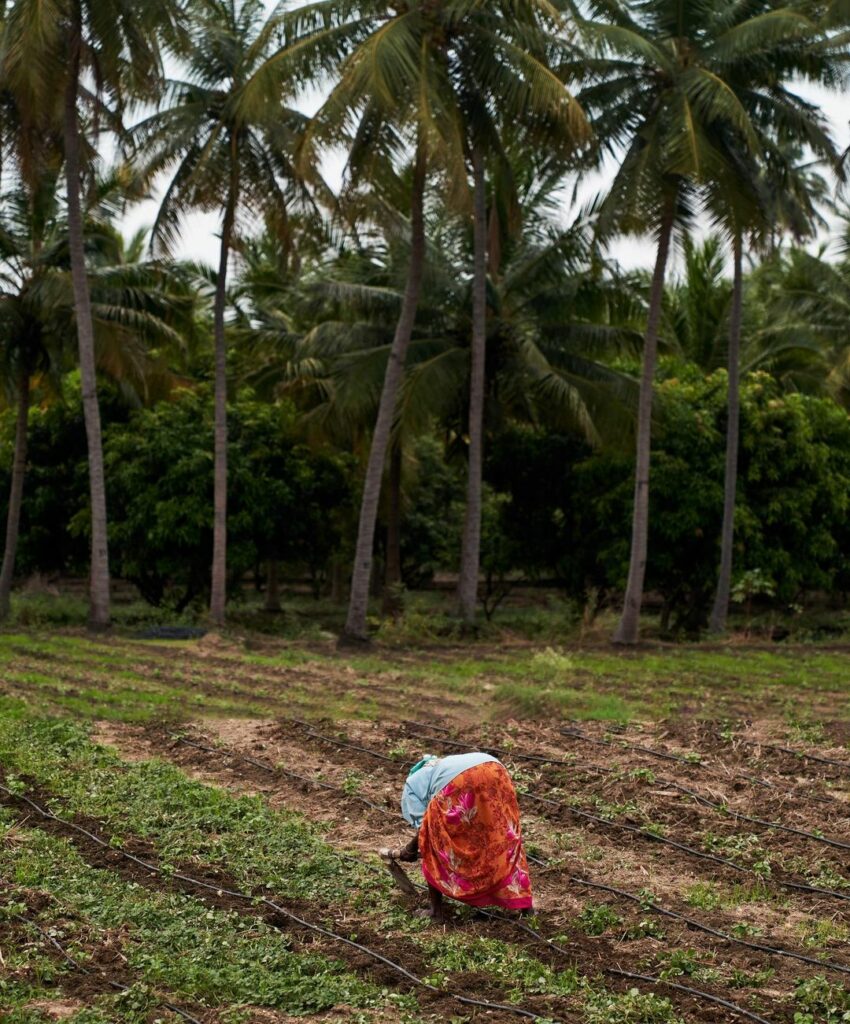
The Iroquois tribe planted corn, beans and squash in one system known as “The Three Sisters”. The corn supports the beans, which provide nitrogen for the beans, and the squash vines maintain moisture and kill weeds. This is modern intercropping. Then there’s the use of mounds for water management, the adoption of agroforestry and deploying of permaculture. Christian Shearer writes of George Washington Carver, a pioneering African-American in the early 20th Century as the grandfather of crop rotations, using them to help rebuild soil health, before “regenerative agriculture” was coined.
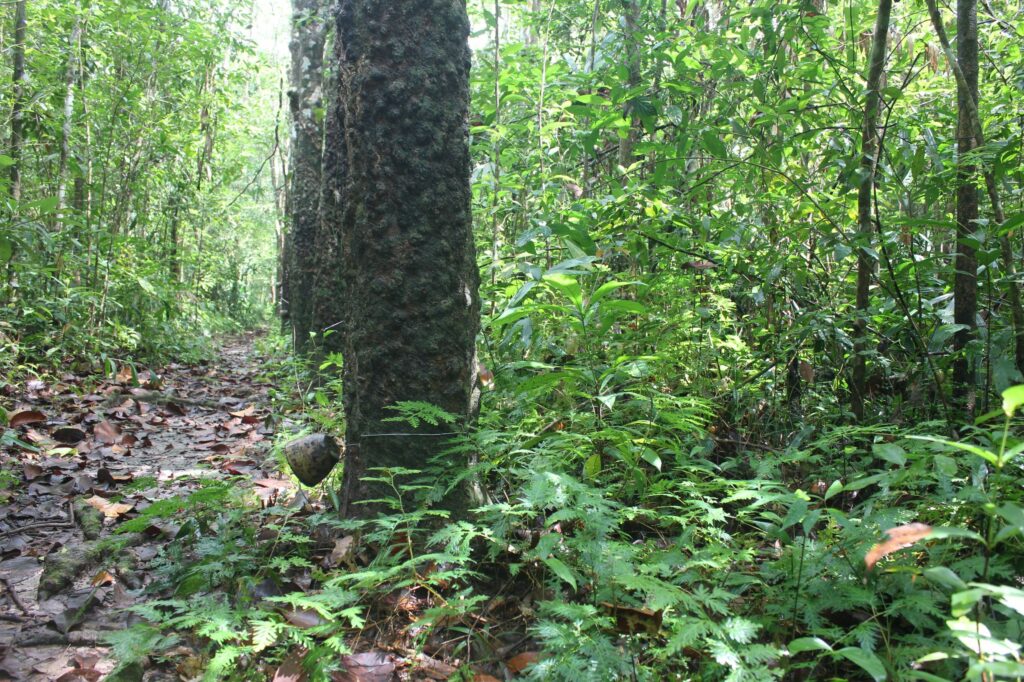
In the moving documentary Gather, Samuel Gensaw of Yurok Tribe, says “the story of colonisation, [is] they take what they like and they put their own spin on it.” Within the “regenerative agriculture” movement, Indigenous techniques are framed as a Western solution to the ills of Western Industrial agriculture which was made possible by the eradication of Indigenous People. In the USA, late 19th century, buffalo were slaughtered to near extinction in order to starve out the Indigenous tribes. “Where Buffalo once roamed, industrial agriculture now grows hundreds of millions of acres of crops,” narrates Woody Harrelson in the documentary on regenerative agriculture, Kiss The Ground.
The adoption of regenerative agriculture is positive in many biological, ecological and climate-related ways. But it’s important to grasp the interplay, the history and deeper connections to make sure the same mistakes aren’t being dragged into the 21st Century.
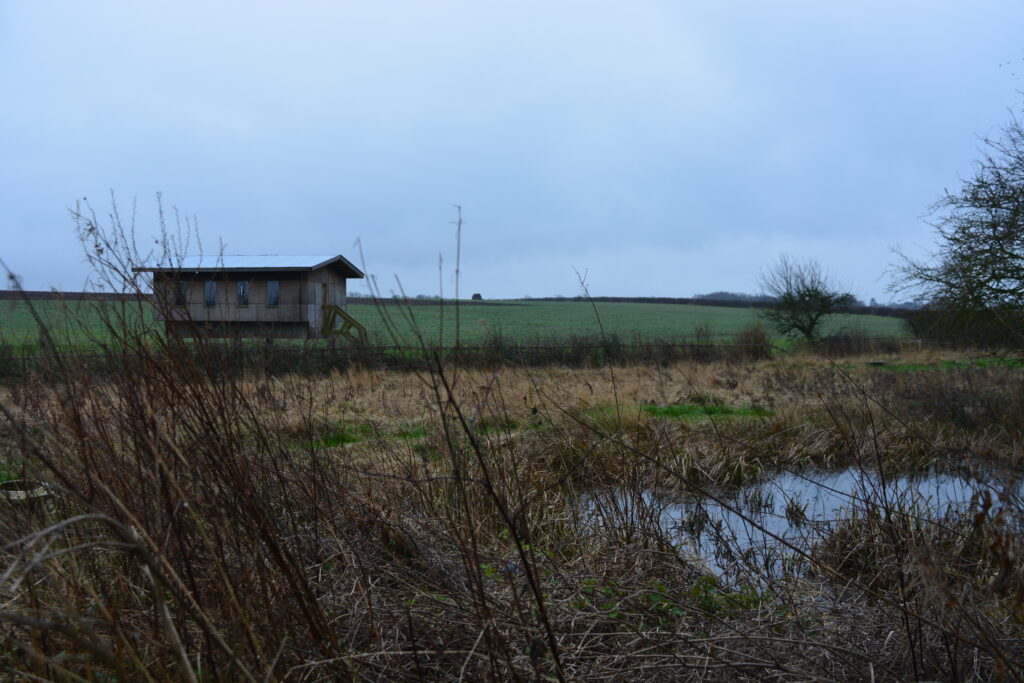
Dominique Drakeford, a social sustainability writer & influencer, speaking to Refinery29, said, people of colour are “the vanguards of the sustainability movements whose voices and work has been omitted and often weaponised.” A-dae Romero-Briones, Director of Programs: Agriculture and Food Systems for the First Nations Development Institute says that Indigenous People should be invited to the table. “There’s a learning curve that the regenerative movement has to go through that the Indigenous food movement figured out long ago,” says Romero-Briones. She notes while the organic community is white generally, there is at least, an awareness of a need for more non-white members. Elsie DuBray of the Cheyenne River, current alumni of Stanford University, has a different approach. In the film Gather, she says she wants to bridge the epistemological cultural void by using science to prove the benefits of Indigenous techniques and lifestyle.
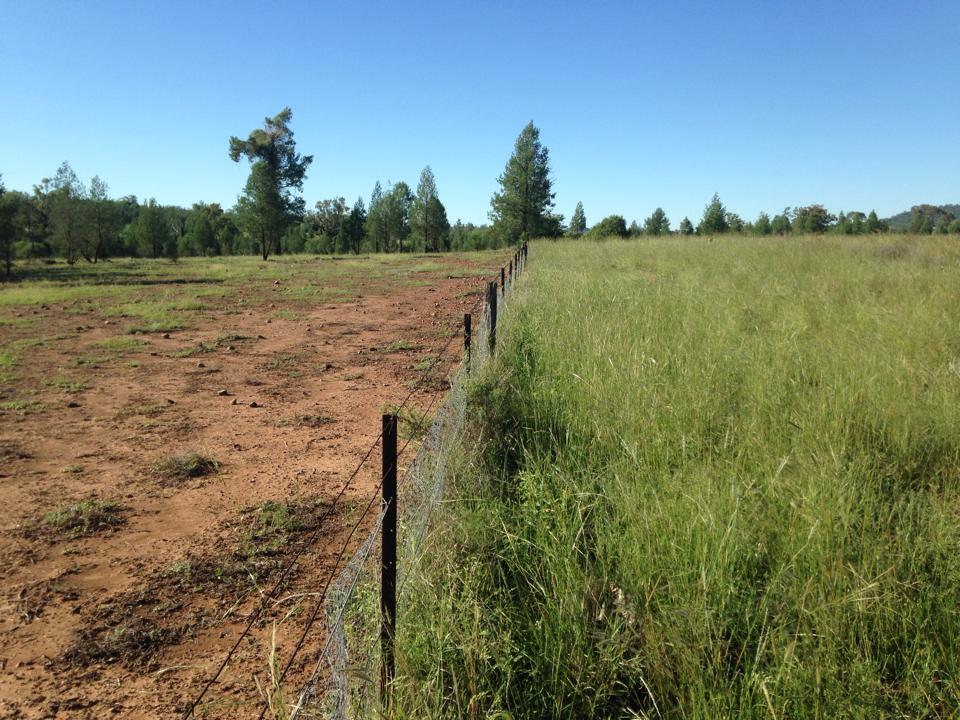
Closer to home in the fashion industry, regeneratively-inclined BIPOC brands and designers are beginning to repave the broken path of sustainability too. Sancho, based in Exeter, Devon sells only Black-owned ethical products and sell regenerative products such as these hemp jeans. Seed2Shirt looks to empower African Diaspora people in a climate-positive way and will be launching hemp/cotton t-shirts soon. Oshadi (an Indian-based collective producing their own regeneratively produced clothing and supplying other brands), plus, Chelsea Bravo’s mega chic designs incorporate hemp/organic cotton. However, the most exciting is José Hendo, a London-based design studio using the inner bark of the mutuba tree, which doesn’t harm the tree and can be harvested for years.
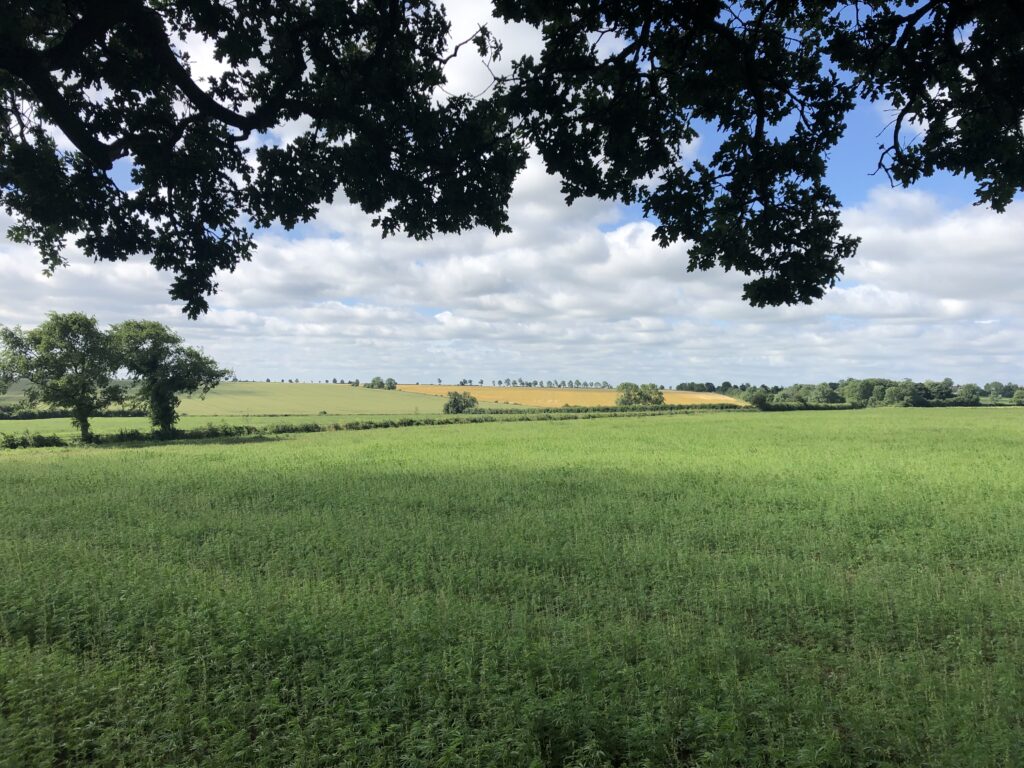
BIPOC voices, techniques, brands, innovations and styles need to be upheld, not overwritten. “Industrial Revolution is over,” says Gensaw of Yurok Tribe speaking at Yale University in the film Gather. “Now, if we want to survive, if we want to carry on life on Mother Earth, we need to be a part of the restorative revolution.” That means all of us.
